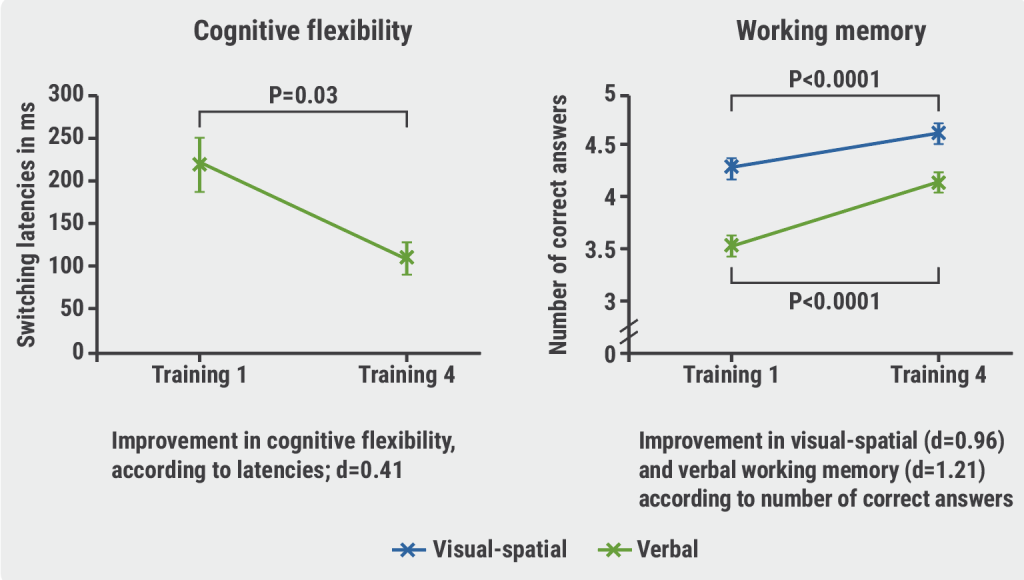https://doi.org/10.55788/c7b29cbc
“Treatments to reduce high triglycerides are an unmet clinical need,” said Dr Brian Bergmark (Brigham and Women's Hospital, MA, USA) [1]. Rare mutations that disrupt apolipoprotein C3 (ApoC3) function are associated with lower levels of plasma triglycerides and ApoC3, and carriers of these mutations were found to have a reduced risk of coronary heart disease [2].
A previous study found that olezarsen, an antisense oligonucleotide that targets ApoC3 mRNA, significantly reduced levels of both triglycerides and ApoC3 in patients with moderate hypertriglyceridaemia. The objective of the BRIDGE-TIMI 73a trial (NCT05355402) was to assess the efficacy and safety of olezarsen in patients with moderate hypertriglyceridaemia (150 to <500 mg/dL) and elevated cardiovascular risk or in patients with severe hypertriglyceridaemia (≥500 mg/dL) [1]. All 154 participants were already receiving standard-of-care anti-lipid medication. They were randomised to receive either 50 mg (n=58) or 80 mg olezarsen (n=57), or a placebo (n=39), subcutaneously every 4 weeks.
At month 6, the primary endpoint of placebo-adjusted change in triglyceride concentrations was -49.3% with 50 mg olezarsen (95% CI -59.0 to -39.5; P<0.001). The corresponding number in the 80 mg group was -49.3% (95% CI -62.7 to 43.3; P<0.001).
The secondary endpoint of ApoC3 protein levels at 12 months dropped by -64.2% in participants in the 50 mg group and by -73.2% in the 80 mg group (P<0.001 for each comparison). Moreover, “if you want to reduce a patient’s risk for a heart attack or stroke, you would like to see a reduction in apoB. And we did see that in this study [by 18% on both doses], which is very encouraging,” Dr Bergmark commented.
At 6 months, 85.7% of the participants treated with 50 mg and 93.3% of those treated with 80 mg olezarsen achieved a triglyceride goal of <150 mg/dL, another secondary outcome. This was 11.8% in the placebo group (P<0.001 for both comparisons). As Dr Bergmark pointed out, this triglyceride effect was greater than is possible with currently available treatments.
No major safety concerns emerged during the study and follow-up period. Additional trials of olezarsen including participants with severe hypertriglyceridaemia are ongoing.
- Bergmark BA, et al. Efficacy and safety of olezarsen in patients with hypertriglyceridemia and high cardiovascular risk: Primary results of the BRIDGE-TIMI 73a trial. LB2, Session 405, ACC 2024 Scientific Session, 6–8 April, Atlanta, USA.
Copyright ©2024 Medicom Medical Publishers
Posted on
Previous Article
« Plozasiran: A novel approach to severe hypertriglyceridaemia Next Article
KARDIA-2: Add-on zilebesiran effectively lowers blood pressure »
« Plozasiran: A novel approach to severe hypertriglyceridaemia Next Article
KARDIA-2: Add-on zilebesiran effectively lowers blood pressure »
Table of Contents: ACC 2024
Featured articles
Matters of the heart: late-breaking news from the American College of Cardiology
Heart Failure and Cardiomyopathy
STEP-HFpEF DM: Semaglutide beneficial in patients with HFpEF and diabetes
IMPROVE-HCM: Promising results for ninerafaxstat in non-obstructive HCM
Acute Coronary Syndrome and Acute Myocardial Infarction
ACS: Necessary DAPT after PCI may be shorter than currently advised
AEGIS-II: ApoA-1 did not reduce MACE in patients with myocardial infarction but may provide benefit in patients with high LDL levels
REDUCE-AMI: Re-evaluating the role of routine beta-blockade in patients with acute myocardial infarction
Interventional Cardiology in 2024
Self-expanding versus balloon-expendable TAVR in patients with small aortic annuli
Safety of TAVI non-inferior to SAVR for patients with lower surgical risk
Interatrial shunt for HF: neutral primary endpoint but potential benefit in HFrEF
Peripheral artery disease: procedure-guidance by IVUS superior to angiography
IVUS-guided PCI beats angiography in patients with acute coronary syndrome
Addressing frailty in patients undergoing TAVR
Novel Developments in Risk Factor Management
Preventive PCI of vulnerable intracoronary plaque leads to favourable outcomes
KARDIA-2: Add-on zilebesiran effectively lowers blood pressure
BRIDGE-TIMI 73a: Olezarsen halves triglyceride levels
Plozasiran: A novel approach to severe hypertriglyceridaemia
High-risk and very high-risk patients meet LDL-cholesterol targets with lerodalcibep
No cardioprotective effect of ACE inhibitors in patients with cancer
Best of Posters
SGLT2 inhibition in heart failure more advantageous for women than men
Anxiety and depression: Lifestyle influential in MACE prevention
Meet the Trialists
© 2024 Medicom Medical Publishers. All rights reserved. Terms and Conditions | Privacy Policy
HEAD OFFICE
Laarderhoogtweg 25
1101 EB Amsterdam
The Netherlands
T: +31 85 4012 560
E: publishers@medicom-publishers.com


